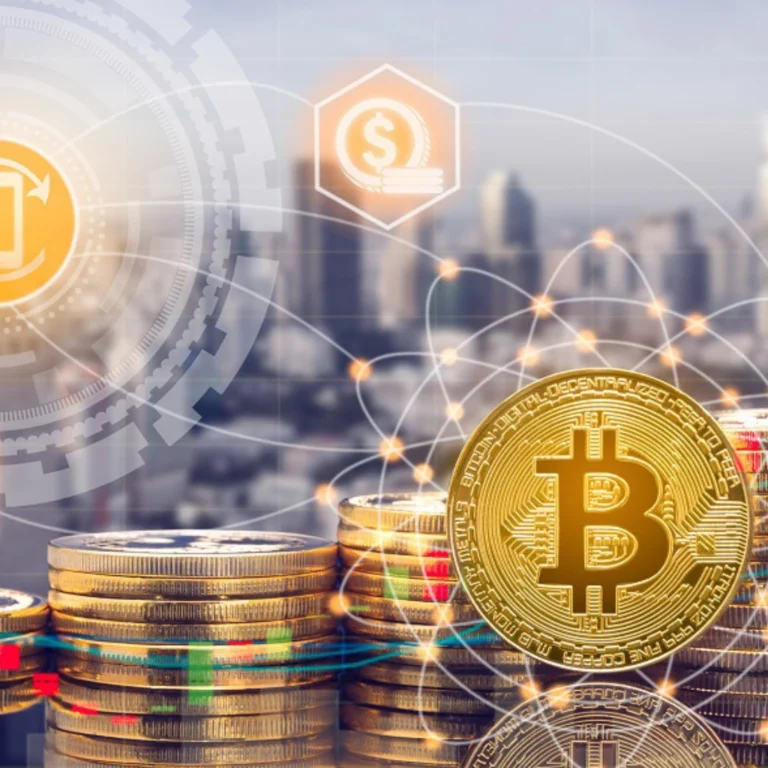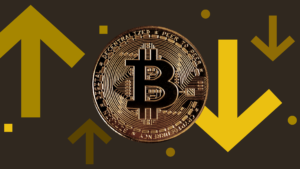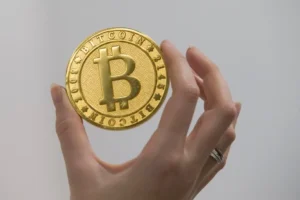In today’s fast-evolving financial world, the fiat vs crypto debate is everywhere — from boardrooms to Reddit threads. But instead of diving into heavy jargon, let’s break it all down roundup-style. Below are seven major differences between fiat and crypto that’ll help you understand what’s at stake — and what’s changing.
1. Issuance: Who Controls the Money?
Let’s kick it off with the basics. Fiat money — like dollars, yen, euros — is issued by central banks and fully controlled by governments. They print it, regulate it, and tweak interest rates based on economic goals.
Crypto, on the other hand? It’s decentralized. No government issues Bitcoin or Ethereum. Instead, it’s created through mining or other blockchain-based mechanisms, depending on the currency. No central authority — just code, consensus, and a global network.
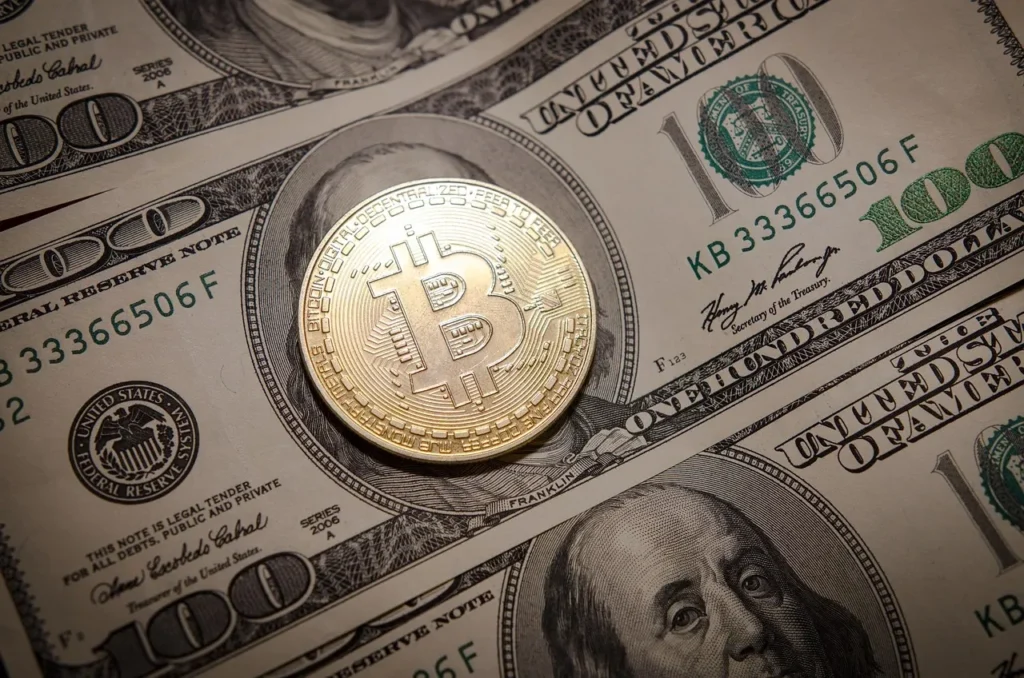
2. Fiat vs Crypto: Backing and Value
Fiat currencies aren’t backed by gold or silver anymore — their value comes from trust in the government. You believe the dollar’s worth something because the U.S. government says it is, and you know others agree.
Cryptocurrencies gain value in different ways. Scarcity (Bitcoin’s supply is capped), utility (Ethereum powers smart contracts), and demand. There’s no physical backing, no nation-state guarantee — just belief in tech and math.
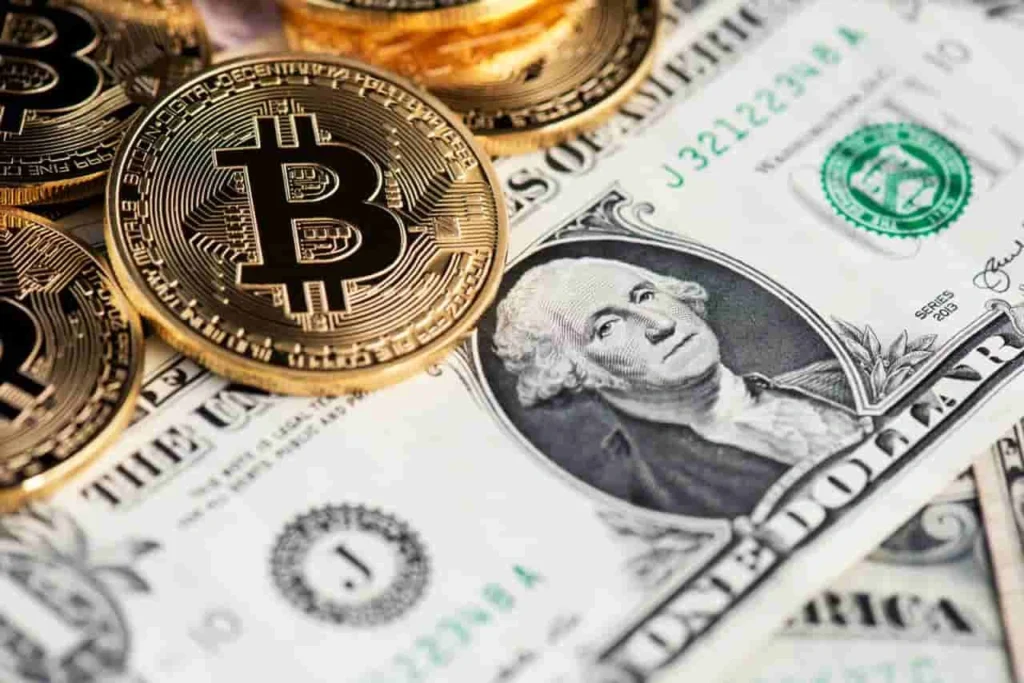
3. Fiat vs Crypto: Physical vs Purely Digital
Yes, fiat is going more digital every day — we tap cards and send bank transfers — but technically, physical cash still exists. Crypto, though? 100% digital. There’s no such thing as a Bitcoin coin or Ethereum bill.
It’s code, stored in wallets, traded on exchanges, and moved through the blockchain. No physical representation. Which, depending on your perspective, is either super cool… or kind of scary.
4. Transaction Speed and Cost
Ever tried wiring money internationally through a bank? Slow, sometimes days. And fees? Not cheap. Crypto changes that. With many digital currencies, especially newer ones, transactions are quick — sometimes seconds — and often cheaper.
Of course, network congestion and “gas fees” can complicate things (ask any Ethereum user), but the potential to streamline global transactions? It’s real.
5. Regulation and Legal Clarity
Fiat is deeply regulated — and honestly, that’s what gives people peace of mind. You’re protected by laws, your bank is insured, and fraud can be investigated.
Crypto operates in a much murkier space. Some countries have embraced it, others have banned it outright. Regulation is catching up, but for now, crypto is kind of like the Wild West. High reward? Maybe. High risk? Definitely.
6. Volatility and Stability
Fiat currencies fluctuate, sure — but generally within predictable ranges. Crypto, though, is a rollercoaster. Bitcoin can drop or surge 10% in a day. This makes it thrilling for traders… but not exactly ideal for buying groceries or paying rent.
Still, some people view crypto as a hedge against inflation, especially in places where fiat’s value is eroding fast. So again, it’s not one-size-fits-all.

7. Adoption and Use Cases
You can use fiat almost anywhere — stores, online, banks, ATMs. It’s deeply woven into daily life. Crypto? Not quite there yet. But it’s growing.
From online purchases to NFTs and DeFi platforms, crypto’s use cases are expanding fast. Companies like Tesla and Shopify (briefly) dipped their toes in. And governments? Some are even testing out their own digital currencies (CBDCs). So the lines are blurring.

Final Thoughts on Fiat vs Crypto
At the end of the day, fiat vs crypto isn’t just an either-or choice. It’s more like a spectrum of innovation vs tradition. Fiat offers familiarity and structure; crypto brings flexibility and disruption.
Whether you’re Team Dollar or Team Decentralized (or somewhere in between), knowing the key differences helps you stay sharp in a shifting financial landscape. Because one thing’s for sure — money’s not staying the same.
Relevant news: Fiat vs Crypto: Debunking the Biggest Myths About Modern Money


